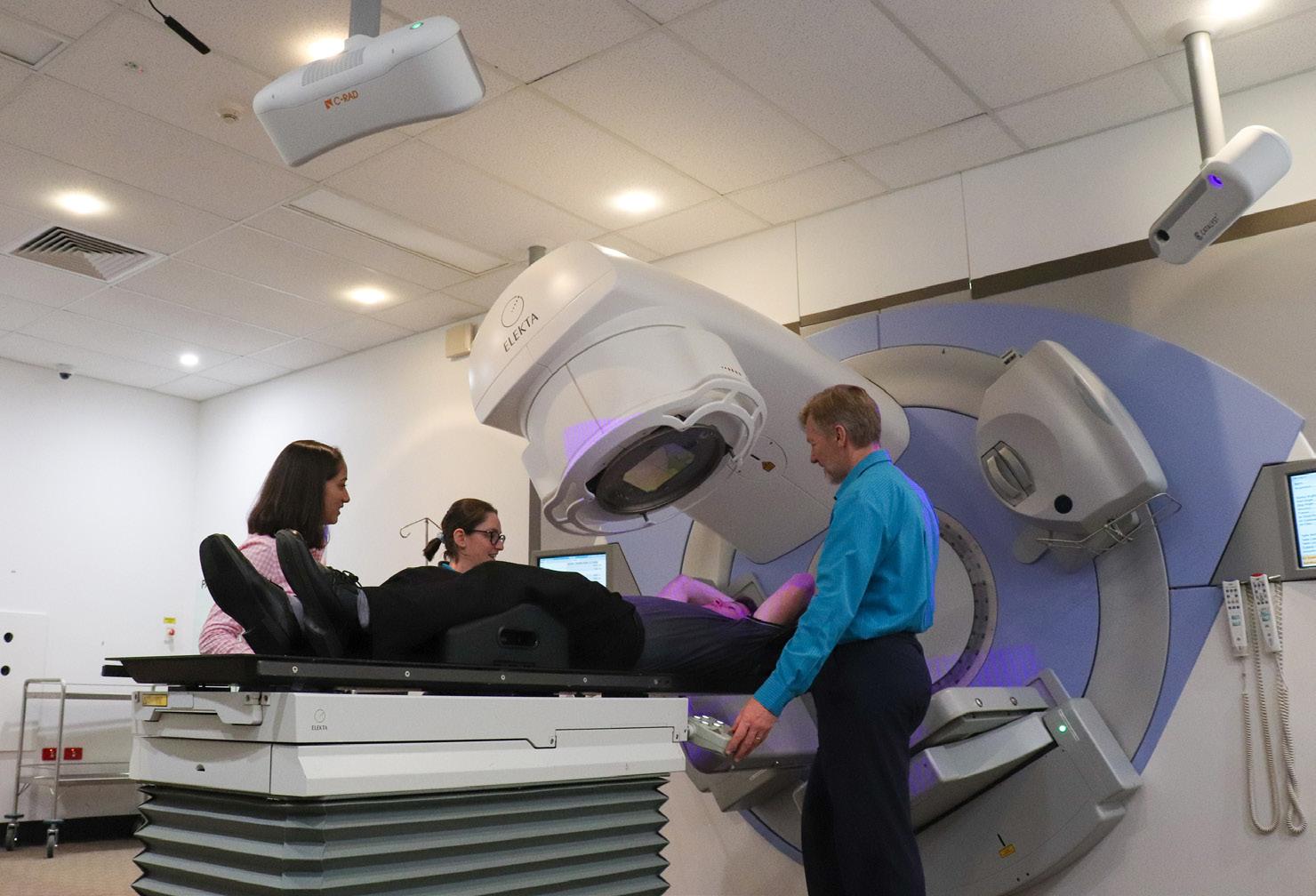Virtual Reality moves from gaming to healing by Lynne Ridgeway, Clinical Neuropsychologist seeing a huge whale appear on your flat screen TV versus being (virtually) immersed underwater playing with fish and seeing a large whale swim up close to you. Or, how about Google street view on your laptop, versus walking (literally and virtually in your office) around the streets of Morocco or Paris, engaging most of your senses.
It was not that he was a Top Gun pilot, or that he took us to live in amazing cultures, but I finally agreed that my father was cool when he arranged to let us sit in his Mirage jet training simulator. However, military training simulators were mere toddlers in the evolution of Virtual Reality.
History of Virtual Reality The earliest reference to ‘VR’ is from a 1935 sci-fi novel Pygmalion’s Spectacles by Stanley Weinbaum in which a professor develops a pair of goggles so he can watch a movie with sight, sound, taste, smell, and touch. The idea became reality in 1957 when cinematographer Morton Heilig invented Sensorama, a multimedia theatre cabinet providing viewers with an interactive experience. The term Virtual Reality was not coined until 1987 by polymath Jaron Lanier’s headset and interactive gloves. This topic quickly dates, but now VR is used for entertainment, training and in health for treatment of medical and psychological problems. It is the big video games companies that have the expertise, skills and resources to lead technological developments that education, the military and health sectors are now utilising. The push for VR stemmed from a desire to figure out where interactive entertainment was going next. Just for fun, or therapeutic? Yes it’s fun. Just ask Dr Jarrad if he enjoyed being Luke Skywalker! (photo top right) For readers who haven’t experienced VR, put simply, it’s the difference between
24 | NorDocs
In my neuropsychology practice I have observed withinsession changes in adults with neuropathic pain, functional movement disorders, and mental illness. What about the generalisability of the gains to the real world? My impression is that education regarding pain management (somatic, psychological and social factors) is crucial, but that it is the immediate, highly salient experiential lesson gained during immersive VR experiences that demonstrates Dr Jarrad (aka Luke Skywalker) Watt, Rehabilitation how we can override our brain’s Consultant, using a virtual lightsaber to fight off attacking perception of pain. stormtroopers and defend the millennium falcon. Case Summary 1. Young male, ex-tradesman suffered a T5 complete spinal injury with a 2-year history of: • Severe neuropathic pain - “It’s all day and night. Nothing makes it go away”, • Depression- - “I only get occasional 20-second spikes of happiness”, and • Social withdrawal. In therapy he appeared interested in education regarding pain management (the somatic / psychological / and social factors) but had been highly resistant to trialling any distraction techniques or activities. In a debrief following a trial of ‘The Blu’ (15 minutes of hyper-realistic, interactive, underwater VR experiences) he commented, “This is f… awesome. What is this thing? Is that really what it’s like underwater? I wanna do that”. Then I asked him a final question, “How was your pain?” He went very quiet and looked in complete shock and disbelief, then replied “I didn’t have any”. This one-off immersive VR experience was a powerful reinforcer of the theory we had discussed. He agreed and followed through on trying novel activities (he did not desire to do more VR or any other digital gaming) in the community to manage his pain. One year on, he has continued to recover psychologically, is more engaged socially, his mood has improved and he uses multiple distraction activities to supplement his pain management medications.






















